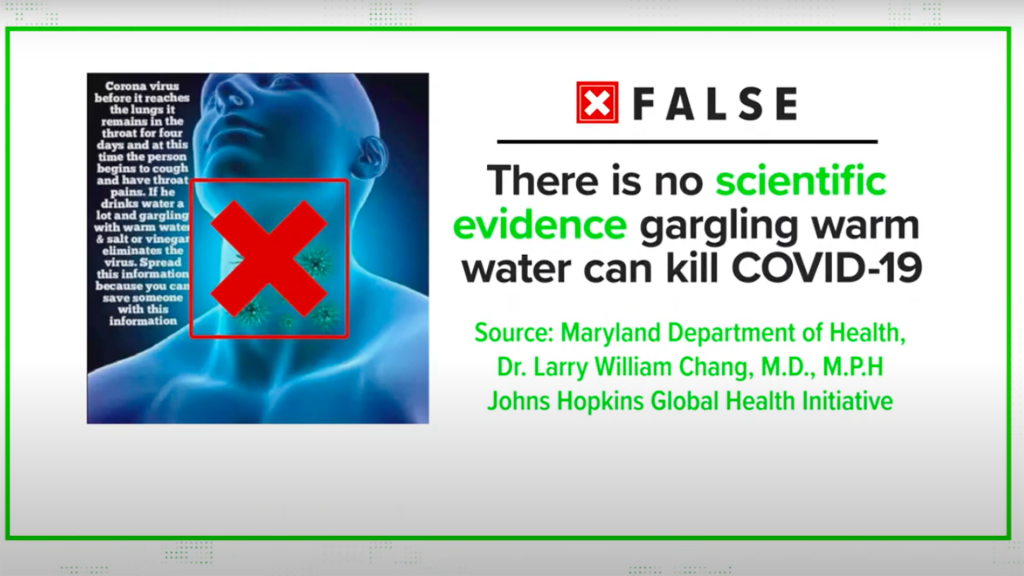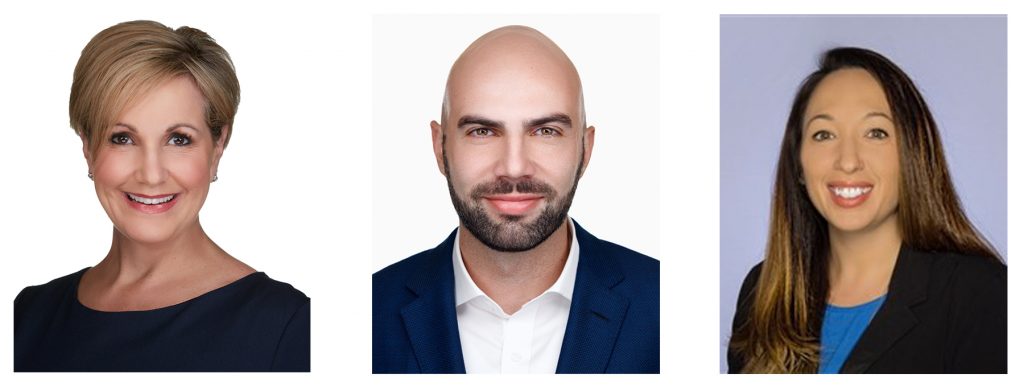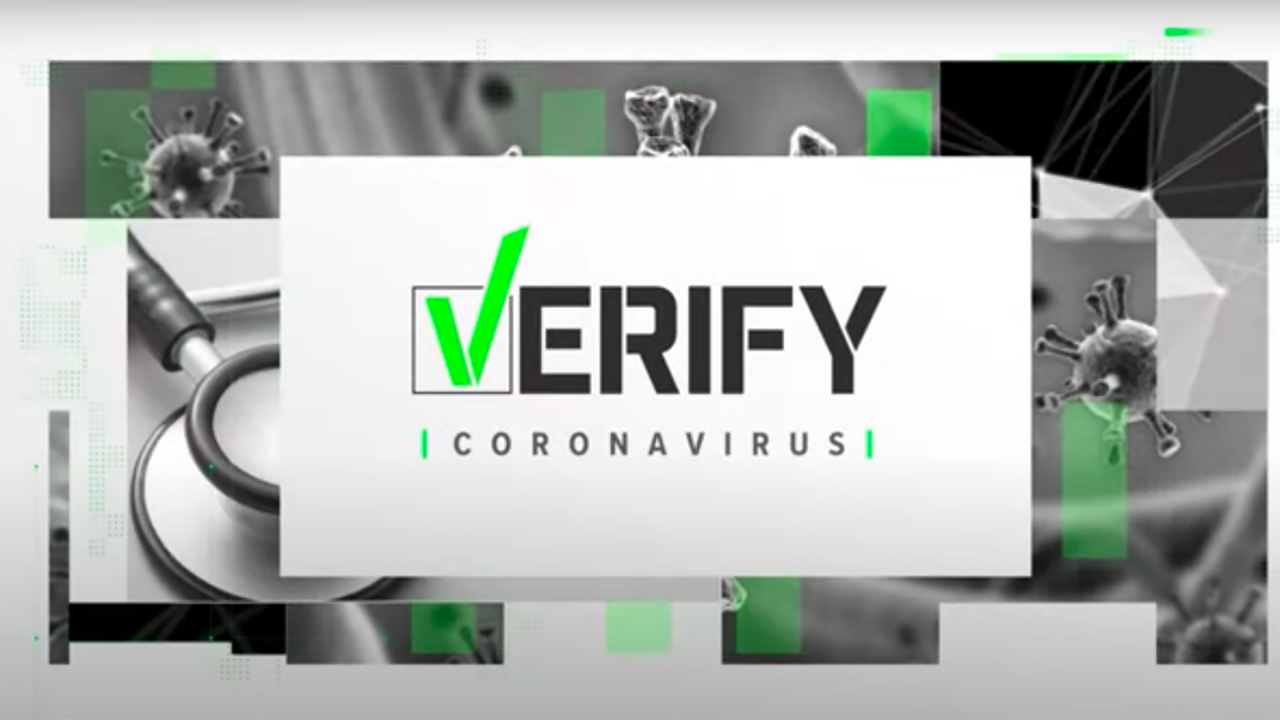“Who ya gonna believe — me or your own eyes?”
—Chico Marx as ‘Chicolini’ in the Marx Brothers’ Duck Soup
Now that we’re battling two epidemics — not just COVID-19, but an “infodemic” of disinformation, misinformation, and missing information — Chicolini’s question doesn’t sound as absurd as it probably did in 1933. And certainly not as funny. Sorting out fact from falsehood or reality from rumor or substance from spin has arguably never been harder or more important — which is why TEGNA’s VERIFY franchise is having its moment. “Our audiences are consuming news and local news in a way that they never have before, where their lives literally depend on it,” says Ellen Crooke, TEGNA’s VP of News. “They are desperate to find somebody without an agenda, without spin to take some of the things that are out there and help them be smarter about what’s true and what’s not true.”
VERIFY has come a long way since a team of employees came up with the idea at a company retreat more than four years ago: a segment in which reporters would fact-check the news based on viewers’ questions. The latest expansion, which launched today, is a play for younger users: a new weekly VERIFY feature on Snapchat’s Discover page, which aggregates content from a range of publishing partners. “The Snapchat Discover platform reaches tens of millions of people a day,” says Adam Ostrow, TEGNA’s Chief Digital Officer. “So it’s a really good opportunity for us to get VERIFY in front of an audience that might not be consuming us on other platforms.”

VERIFY’s first story for Snapchat Discover includes topics like “Can you get COVID-19 from a pool?”; “Do mail-in ballots need to be sent in 14 days ahead of Election Day?”; and “Is President Trump banning TikTok?” Ostrow hopes to engage “the audience, the generation that lives online. They’re the people that are on the front lines of seeing a lot of misinformation,” he says. “So being on Snap will actually give us another valuable input into what those users are looking to have verified. So it’s both a new distribution platform for us, but also a way for us to hear from an audience we might not typically hear from on TV.”
But even on television and TEGNA’s own digital properties, VERIFY has exploded along with the coronavirus. “In the pandemic, we saw an absolute surge,” says Sarah Gahagan, who runs the “small but mighty” VERIFY team at WUSA-TV in Washington D.C. “People were just thirsting for verified information. They were thirsting to hear from the experts and the doctors and a lot of times the people who they can’t reach.”

Gahagan estimates that the number of viewer queries has increased fivefold as a result of the pandemic; she or a member of her team answers every email, and they try to feature videos of viewers sharing their questions as often as possible. “We try to tell our audience where it comes to fighting misinformation, you’re our greatest resource, because they’re the ones who can spot misinformation. We’re a team of three. They spot it and then they can help fight it by sharing the fact-checked information. So we like to shout them out.”

TEGNA’s 49 newsrooms around the country share VERIFY stories and can draw on the national VERIFY unit based in Charlotte in addition to what they produce on their own, although there is no obligation to run anything. Producers comb social media for topics to supplement the questions viewers submit directly. “So whether it comes as a direct question from the audience or it comes from watching audience behavior, that is what guides us in choosing a VERIFY story,” says Ellen Crooke.
WUSA embraced the concept from the start, committing even before the pandemic to at least one VERIFY story every day, with two-thirds produced by Gahagan’s team at the station itself. “We try to make it very, very clean and very simple for somebody to see,” Gahagan says. “Here’s the post with a big check mark on it. It’s verified. Or here’s the post with a big red X. That’s false.”
Watch a VERIFY segment on the validity of Face Mask Exempt Cards
WUSA recently devoted an entire episode of the station’s 7 p.m. news program, which aptly happens to be called The Q & A, to some of VERIFY’s “greatest hits.” The station helped fuel the conversation with a concurrent two-hour “Ask Me Anything” session on Reddit’s coronavirus subreddit; an infectious disease expert and the national VERIFY team pitched in to answer questions live. “So that group of people [on Reddit] got introduced to the brand in a really organic way that we hoped felt very authentic to them,” Gahagan says. “Because we weren’t coming at them as shiny TV people. We came at them as, ‘Hey, this is what we do every day. And we actually welcome you into the process.’”

Crooke says VERIFY video views are up 335% in the four months since COVID-19 hit compared to the four months before. Ironically, the company was well prepared for the surge in demand because of another potential source of mis- and disinformation: the upcoming elections. Back in January, TEGNA teamed up with the experts at nonprofit First Draft News to train every journalist in the company in techniques to spot and fight misinformation. It also beefed up the Charlotte fact-checking team — just in time to respond to the pandemic and then the movement for racial justice. “We were trained as journalists to seek the truth. And now in 2020 TEGNA believes we also have an obligation to stop the spread of disinformation,” Crooke says.
To that end, Crooke has authorized a pilot project at WUSA to infuse overt transparency throughout the station’s newscasts and digital content, both under the VERIFY brand and in other cases where the simple true-or-false formula doesn’t apply. Here’s how Gahagan explains it: “What people have told us they love and want to see is, ‘Where did you get this information? Who are your sources? And tell me up front.’ Then they want to see: ‘What was your process? How did you fact check this information? How did you reach your conclusions?” And we realized that we don’t have to just do that in VERIFY.”
Watch a VERIFY segment on required COVID-19 employee testing
Over on Snapchat, where the new VERIFY segment will run at least through October, Adam Ostrow’s team will be experimenting with the format and the talent but not the core value proposition. Ostrow hopes that VERIFY can be especially relevant at a time when trust in news media is low (although higher for local TV news than for other sources). “One of the goals of continuing to build [VERIFY] and get it out there on new platforms and grow the audience is to hopefully elevate the perceived trustworthiness of all of our stations and brands.”
For Sarah Gahagan, the payoff is more immediate. “I know that there are people right now who are having a hard time getting to sleep at night. And if we’re able to fact check something or put a rumor to rest that helps them feel a little bit better about the world, then I think that’s just such a great use of our medium.”
